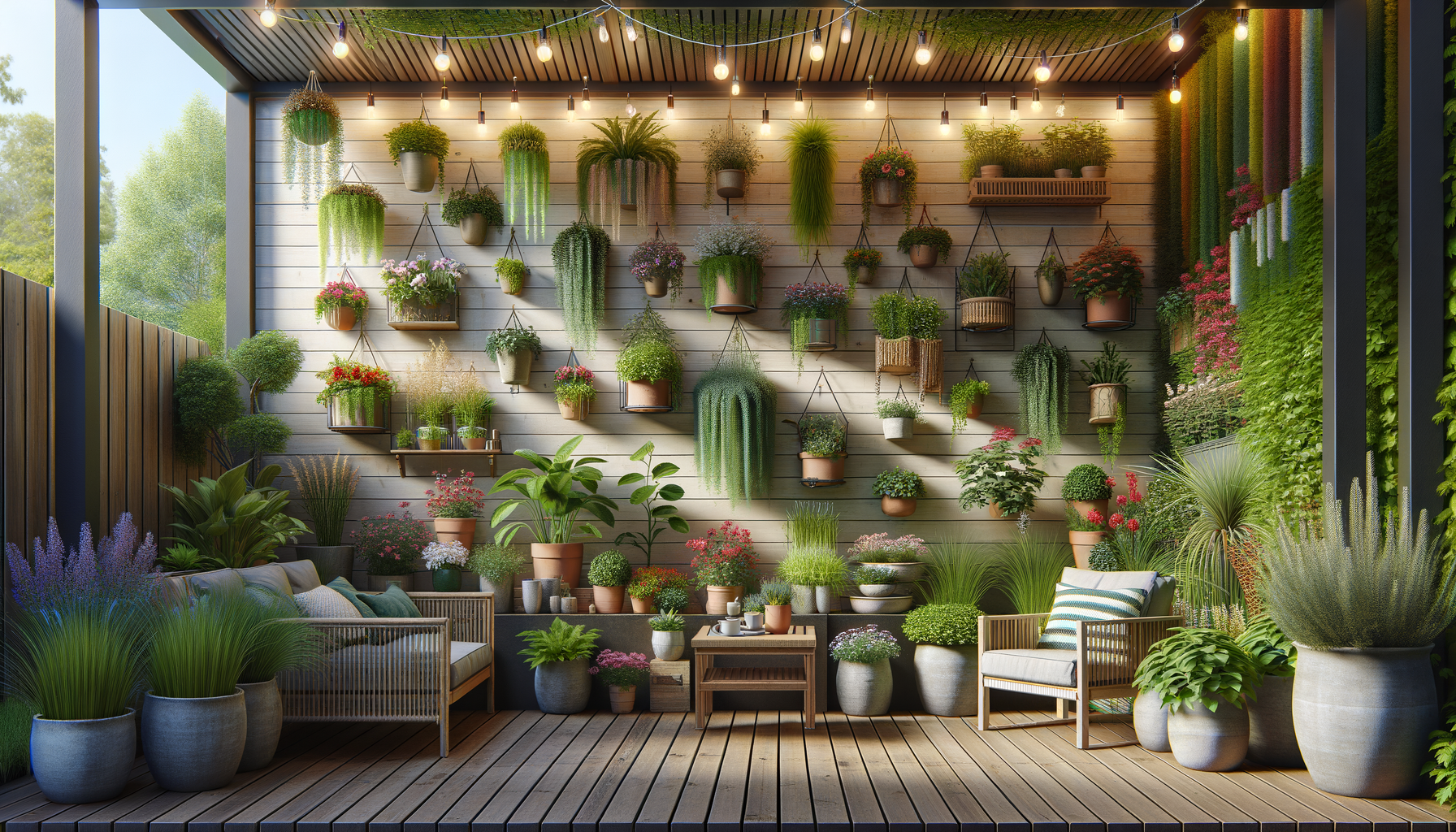Understanding Modular Homes
Modular homes, often referred to as prefab homes, represent a modern approach to home construction. Unlike traditional homes built entirely on-site, modular homes are constructed in sections or modules in a factory setting. These modules are then transported and assembled at the final site. This process not only speeds up construction but also ensures a high level of quality control, as the factory setting allows for precision and consistency.
The concept of modular homes isn’t entirely new, but recent advancements in technology and design have brought them into the spotlight. They offer a versatile, cost-effective, and environmentally friendly alternative to conventional homes. As housing demands increase and urban spaces become more constrained, modular homes present a viable solution to meet these challenges.
One of the key advantages of modular homes is their flexibility in design. Homeowners can choose from a variety of layouts and finishes, customizing their living space to suit personal tastes and needs. Additionally, because the modules are built indoors, weather-related delays are minimized, leading to a faster overall construction timeline.
Benefits of Modular Homes
Modular homes offer numerous benefits that make them an attractive option for many potential homeowners. Here are some of the most notable advantages:
- Cost Efficiency: Modular homes can be more affordable than traditional homes due to the streamlined construction process. Building in a factory setting reduces labor costs and material waste.
- Speed of Construction: The construction of modular homes is significantly faster than on-site building. Once the modules are completed, assembling them on-site can take just a few weeks.
- Quality Assurance: Factory construction allows for rigorous quality control measures. Each module is inspected for adherence to building codes and standards before being transported.
- Environmental Impact: Modular homes are often more sustainable than traditional homes. The controlled environment reduces waste, and many builders use eco-friendly materials and energy-efficient designs.
- Customization: Despite being prefabricated, modular homes offer a wide range of customization options. Homeowners can select layouts, finishes, and features to create a personalized living space.
These benefits make modular homes an appealing choice for those looking to build a new home efficiently and sustainably.
Challenges and Considerations
While modular homes present numerous advantages, there are also challenges and considerations to keep in mind. One of the primary concerns is the transportation of modules from the factory to the building site. This process requires careful planning and coordination to ensure that the modules arrive safely and on time.
Another consideration is zoning and building regulations. Depending on the location, there may be specific codes and requirements that modular homes must meet. It’s essential for potential homeowners to research local regulations and work with experienced builders who understand these requirements.
Additionally, while modular homes are customizable, there may be limitations compared to traditional custom-built homes. It’s important for buyers to clearly communicate their needs and preferences to ensure that the final product meets their expectations.
Despite these challenges, many of them can be mitigated with proper planning and by working with knowledgeable professionals in the modular home industry.
Comparing Modular Homes to Traditional Homes
When comparing modular homes to traditional homes, several key differences and similarities emerge. Both types of homes must adhere to local building codes and regulations, ensuring safety and quality. However, the construction process and timeline differ significantly.
Traditional homes are built entirely on-site, which can lead to longer construction times due to weather delays and other unforeseen circumstances. In contrast, modular homes are constructed in a controlled factory environment, reducing the risk of delays and allowing for a quicker completion.
Cost is another factor where modular homes often have an advantage. The efficiency of factory production can lead to lower overall costs, making modular homes a more economical choice for many buyers.
In terms of design and customization, both modular and traditional homes offer a variety of options. However, modular homes may have some limitations in terms of unique architectural features due to the nature of prefabrication.
Ultimately, the choice between modular and traditional homes depends on individual preferences, budget, and timeline. Both options have their merits, and the decision should be based on which factors are most important to the buyer.
The Future of Modular Homes
The future of modular homes looks promising as the demand for sustainable and efficient housing solutions continues to grow. Technological advancements are paving the way for even more innovative designs and construction methods, making modular homes increasingly appealing.
One trend to watch is the integration of smart home technology into modular designs. As technology becomes more advanced, modular homes are likely to incorporate features such as energy-efficient systems, automated controls, and enhanced connectivity.
Additionally, the focus on sustainability is driving the development of modular homes that are even more environmentally friendly. Builders are exploring the use of recycled materials, renewable energy sources, and green building practices to reduce the carbon footprint of modular homes.
As urban areas continue to expand and housing demands rise, modular homes offer a flexible and scalable solution. They can be adapted to various environments and needs, making them a versatile option for future housing developments.
In conclusion, modular homes are poised to play a significant role in the future of housing, offering a blend of efficiency, sustainability, and modern design.




Leave a Reply